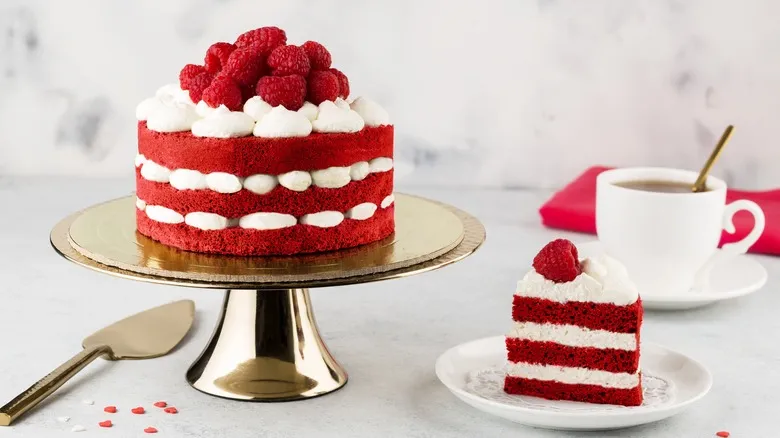What is a velvet cake?
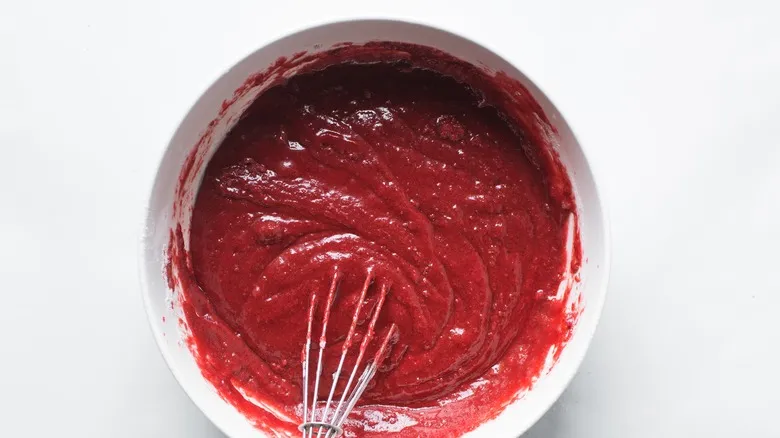
Both cakes are known as "velvet" — but what’s the story behind the name? The origins of this cake date back to the Victorian Era. During that time, many cakes were quite dense and made with a coarser flour than what we commonly use today. The inclusion of acidic ingredients like vinegar, buttermilk, and even cocoa powder reacts with baking soda, softening the flour and resulting in a lighter, fluffier cake with a delicate, almost "velvety" texture.
While pink and red are popular choices for velvet cake, they are far from the only options. You can create a wide range of colors for this dessert as long as you stick to the basic recipe for a soft, moist cake. With the right food coloring and flavorings, you can make black, orange, blue, or even rainbow velvet cakes. Additionally, velvet cakes can focus more on flavors, such as spices or lime, rather than color.
How red velvet got its coloring

Now that you’re aware of the Victorian origins of velvet cakes, let’s explore how the striking red interior of red velvet cakes came to be. Interestingly, they weren’t always this vibrant — when velvet cakes first appeared, cocoa was a common ingredient in these decadent desserts, just as it is today. However, it was found that combining cocoa with an acidic ingredient, typically vinegar during that era, resulted in a rich reddish-brown hue.
Red velvet cake is particularly beloved in the South, where, in more recent years, buttermilk has become a staple ingredient in recipes as the acidic component. The chemical reaction between buttermilk and baking soda, along with the cocoa, produced a more vivid red color. Additionally, the creamy, tangy buttermilk is essential for adding moisture to the cake, which is why Ina Garten incorporates it when making red velvet cupcakes.
As the cake gained popularity, it also received a boost in its coloring. In the 1940s, a company named Adams Extract sought to take advantage of the cake's fame by offering red velvet cake kits that included a bottle of red food dye. Today, the striking red color of red velvet cake can result from a natural chemical reaction, but it is often enhanced by the addition of artificial or natural coloring to intensify the hue.
It's unclear where exactly pink velvet cake came from
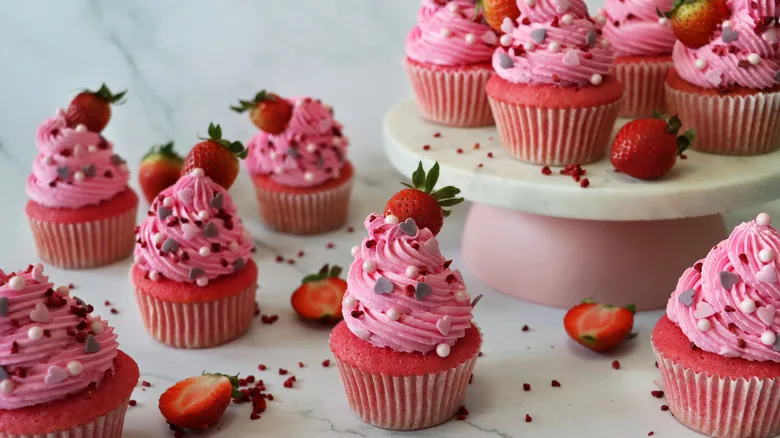
The exact origins of pink velvet cake remain unclear, but it is evident that this lightly tinted dessert draws inspiration from its red counterpart. Unlike red velvet, pink velvet lacks a documented history, and there is no specific bakery, individual, or location associated with it. A simple online search reveals countless recipes for pink velvet cakes, cupcakes, and cookies, indicating that it is far from an obscure flavor. For example, Crumbl Cookies features a pink velvet cake cookie, and Dunkin' Donuts offers a pink velvet macchiato, highlighting its status as a well-established cake flavor.
Upon closer inspection of pink velvet and red velvet cake recipes, one finds no significant differences in ingredients such as sugar, flour, eggs, oil, or buttermilk. The primary distinction lies in the color and the absence of cocoa. Typically, the frosting for both cake varieties remains uncolored, although pink velvet occasionally receives a pink frosting to complement its hue.
Choosing between red and pink velvet cake
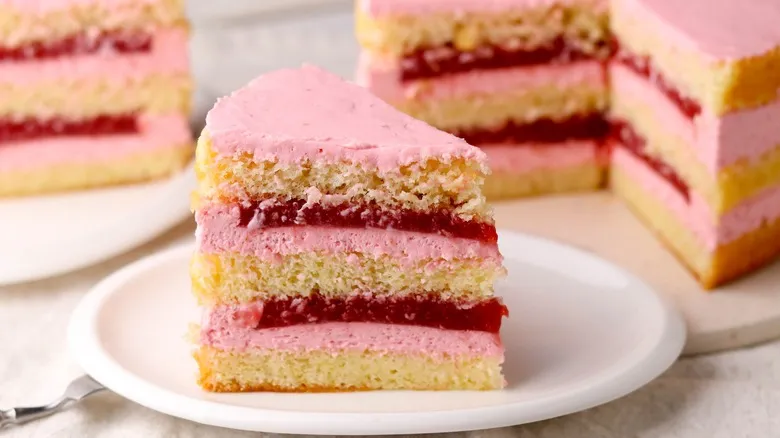
Red velvet cake is certainly more popular than its pink counterpart; it's quite easy to find red velvet cupcakes, layered cakes, and even cookies at bakeries or grocery stores. In contrast, pink velvet is less prevalent, often appearing more frequently among home bakers and as a specialty flavor in certain food chains. Both flavors and colors can be used interchangeably to create traditional velvet cakes, bundt cakes, cupcakes, cookies, or other baked goods.
If you're looking for a richer taste, red velvet might be the preferable option. This cake combines cocoa and vanilla flavors, giving it a deeper profile compared to pink velvet, which primarily features vanilla. Ultimately, the choice between the two cakes often comes down to a matter of color preference.
To enhance the existing flavors, red and pink velvet should be approached differently. For pink velvet, you can elevate its delicate flavors with citrus elements, such as lemon extract or zest. Almond extract pairs nicely with the vanilla, while adding rose water can harmonize the flavor with the color. On the other hand, red velvet can benefit from additional chocolate, whether through extra cocoa powder or chocolate chips in the batter. If you're making a layered cake, consider substituting the center layer with chocolate ganache. Both variations of velvet cake can also be complemented by the addition of red fruits like strawberries, raspberries, or cherries.
Recommended
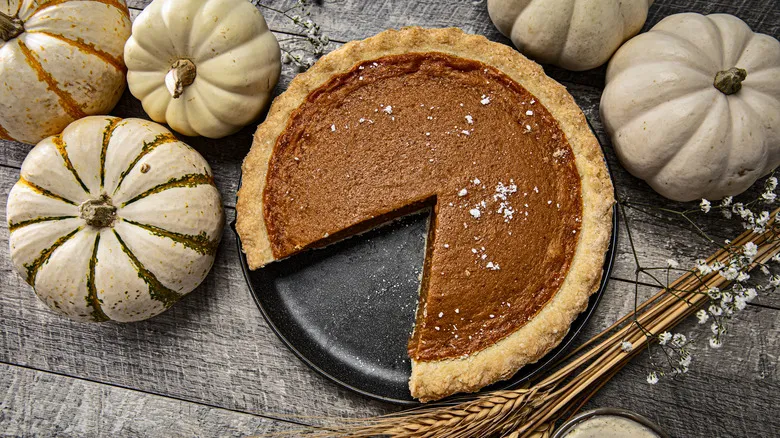
Take Grocery Store Pumpkin Pie To The Next Level With A Fluffy Topping

Alton Brown's Chef Tip For The Fudgiest Brownies? Bake Them Twice
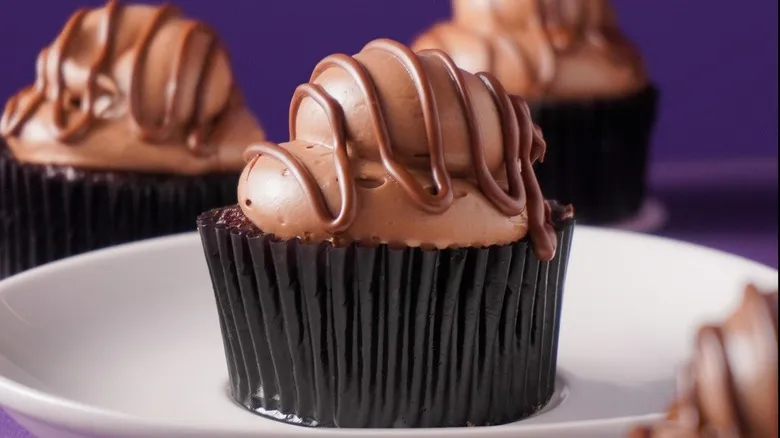
Edible Cupcake Wrappers Are The Playful Dish Perfect For Any Dessert
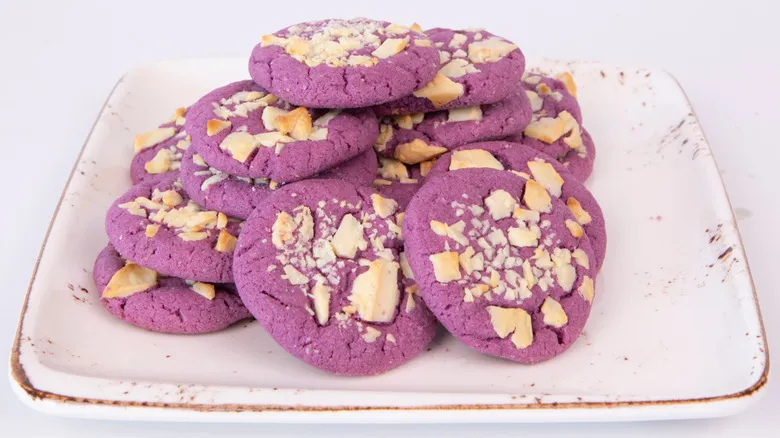
Why You Should Use Vegan Butter For Your Colorful Cookies
Next up

